Home
Everything You Need to Know About The New Windows 8
Microsoft officially launched Windows 8 Thursday at an event in New York City. Available at 12:01 a.m. local time Friday, the operating system is a complete reimagining of the Windows OS and sports an entirely different look from its predecessor.
“Windows 8 brings together the best of the PC and the tablet,” said Microsoft CEO Steve Ballmer. “It works perfect for work and play and it is alive with your world. Every one of our customers will find a PC that they will absolutely love.”
Windows 8 borrows some design elements from Microsoft’s Windows Phone 7 operating system. Designed with touch in mind, the operating system will be used on not only traditional Windows desktops, laptops and ultrabooks, but also on tablet computers.

There Is More Than One Version
The new Windows devices that will be hitting the market will be running one of two different versions of Windows: Windows 8 and Windows RT.
Windows 8 is what you’ll find on most new computers, while Windows RT will be found on tablets.
Computers running Windows 7 can be updated to Windows 8, a move that Microsoft says will dramatically improve the performance of those computers. Specifically, upgrading will improve your computer’s battery life, reduce its memory use, and allow it to boot faster.
Windows RT runs, and can only run, apps that are downloaded from the Windows App Store, and comes with a version of Microsoft Office pre-installed. Windows 8 on the other hand can run apps from the store as well as legacy apps, ones that you may already use on your Windows 7 PC.
RT stands for “Run Time.” The easiest way to think about it is a tablet-optimized version of Windows Phone. The tablets it runs on are using ARM chips, which are mobile chips similar to what you might find in your phone.
Some tablets, however, will hit the market running Windows 8, which will also be available for purchase separately. Windows RT will only be available pre-installed on devices.
Microsoft is controlling, to some extent, the quality of Windows RT tablets, and has a set of minimum spec requirements for a device to run Windows RT.
Spec-wise, all Windows RT tablets will have to have a screen resolution of at least 1366 x 768, at least 10GB of built-in storage, an accelerometer, gyroscope, and a 720p resolution camera. They also have to have at least one full-sized USB port, and support Bluetooth 4.0.

Don’t Call it Metro
The most noticeable difference between a Windows 8 and Windows 7 PC is the Start screen interface. Windows 8 ditches Windows’ familiar Start button, and adds a home screen with tiles making the operating system look exceptionally similar to a phone, specifically its Windows Phone 7 devices.
For a period of time, the tile design on the home screen of Windows 8 was referred to as “Metro.” Microsoft is ditching the Metro name when referring to the operating system, and instead is calling the design “Windows user interface.”

It Has its Own App Store
Just like you might download apps for your phone from a specific app store, Windows 8 has its own app store as well.
Apps can be downloaded from the store and will then show up on your home screen. Tapping on an apps icon will launch it.
Windows 8 and the app store have been available as a developer preview for some time, and as a result there are already a fairly substantial number of apps available in the store, including familiar names such as Netflix and Box.

More Than Surface
Microsoft’s Surface tablet has certainly gotten the most press as a device running Windows 8, but it’s far from the only device that is launching alongside the operating system.
Most major PC manufacturers are releasing ultrabooks and tablets running Windows 8 or Windows RT, and there are a ton of different options to choose from at a variety of different price points.
Microsoft is offering two different versions of its Surface tablet, one running Windows RT and one running Windows 8. If you’re planning on buying a Surface, make sure you buy the one running the version of the operating system you want.
It’s Available Oct. 26
Thursday was the official “launch” of Windows 8, however, the operating system won’t officially be available until Friday as a software download, online or in-store purchase.
The operating system will be available to purchase in two primary versions: Windows 8 and Windows 8 Pro. Windows 8 Enterprise will also be available for large organizations.
Existing Windows 7 customers can upgrade to Windows 8 as well, with upgrade prices starting at $39.99. If you purchased a Windows 7 PC between June 2 and today you can upgrade to Windows 8 Pro for $14.99.
What do you think of Windows 8? Do you plan on buying a new computer running the operating system or upgrading your existing PC Friday? Let us know your thoughts in the comments.



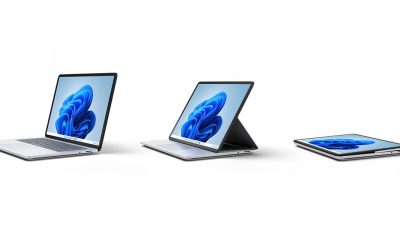
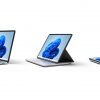
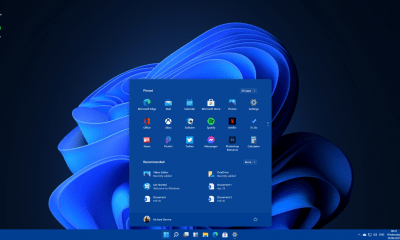
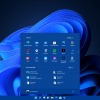
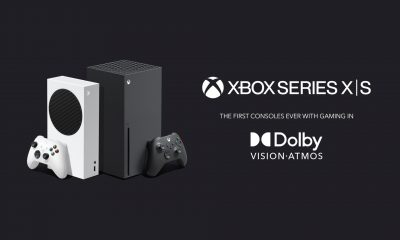
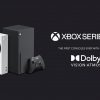
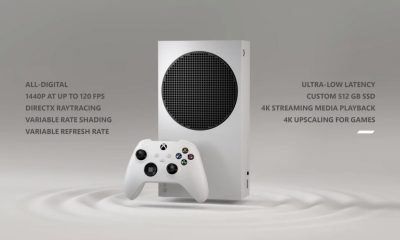
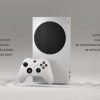






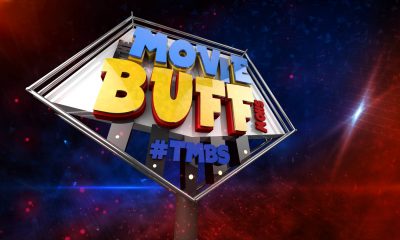



Recent Comments